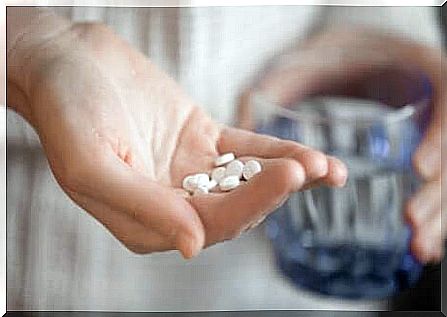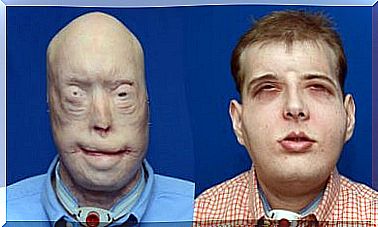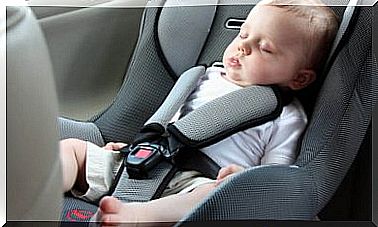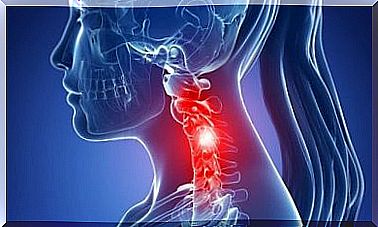Severe Acute Respiratory Syndrome: What Is It?
An infection with the SARS virus (Severe Acute Respiratory Syndrome) leads to severe shortness of breath and sometimes even death.

The Severe Acute Respiratory Syndrome (SARS) is a relatively new infectious disease whose symptoms initially similar to proceed at a flu or a Lungenentzündugn.
Although it is basically a worldwide disease , it is particularly common in some regions of Southeast Asia. Recent evidence suggests that it is a variant of an already known type of virus.
An infection with the SARS virus leads to severe shortness of breath and in some cases is even fatal.
Severe acute respiratory syndrome: causes

Severe Acute Respiratory Syndrome is caused by a member of the coronavirus family. This family is the same one that causes common colds. When someone with respiratory syndrome coughs or sneezes, the droplets containing this viral load spread into the air. In this way, SARS is contracted through inhalation.
The respiratory syndrome virus can live on hands, tissues, and other surfaces for up to six hours while trapped in these droplets. In addition , it can survive for up to three hours after the droplets have dried out.
In most cases, droplet transfer occurs through close contact. However, the virus can also spread through a handshake or infected objects. Airborne transmission is rare.
The virus can even live for months or years if the temperature is below freezing. Symptoms usually appear within 2 to 10 days of exposure to the virus.
People suffering from it can pass the disease on to others. However, there has not yet been sufficient research into how long the risk of infection lasts before or after the first symptoms.
Risk groups include:
- The health workers who treat these patients.
- Persons who have come into contact with respiratory secretions or biological fluids from infected patients.
- People who live with those affected.
Severe Acute Respiratory Syndrome: Symptoms
The symptoms and clinical signs are not very specific. The patients usually complain of a fever higher than 38 ° and sometimes associated with chills, headaches or general discomfort.
In some cases, patients initially have only mild respiratory problems. Developed after 3 to 7 days, most also complain of a cough, which can lead to respiratory failure. In addition, most of the patients suffer from pneumonia.
Less common symptoms are:
- Cough with sputum
- diarrhea
- dizziness
- Nausea and vomiting
- Rhinorrhea
- Sore throat
Severe acute respiratory syndrome: treatment

If this disease is suspected, at best, those affected should be quarantined in the hospital.
The following therapies are often used:
- Antibiotics to treat the bacteria that can cause pneumonia. At least until bacterial pneumonia can be ruled out or if it is already present.
- Antiviral drugs
- High doses of steroids for pneumonia relief.
- Oxygen to aid breathing or to treat the abdomen.
Severe Acute Respiratory Syndrome: Prevention
As always, the right preventive care is the best medicine here too. It is particularly important to avoid contact with people who are already infected and to protect yourself accordingly. In the event of a pandemic, as in 2002/2003, the only sensible protection is to avoid affected areas.
Thorough hand hygiene is fundamental to prevention. It is best to wash your hands with an alcohol-based disinfectant.
Another simple preventative measure is to cover your mouth and nose when you sneeze or cough. This can prevent droplet infection. Likewise, no food, drinks or utensils should be shared in the event of an infection.
On the other hand, it is also important to clean frequently touched surfaces with a disinfectant that has been approved by the environmental protection agency. Masks and goggles can also help prevent it from spreading. It can also help to wear gloves before using anything that may have been touched by an infected person.









